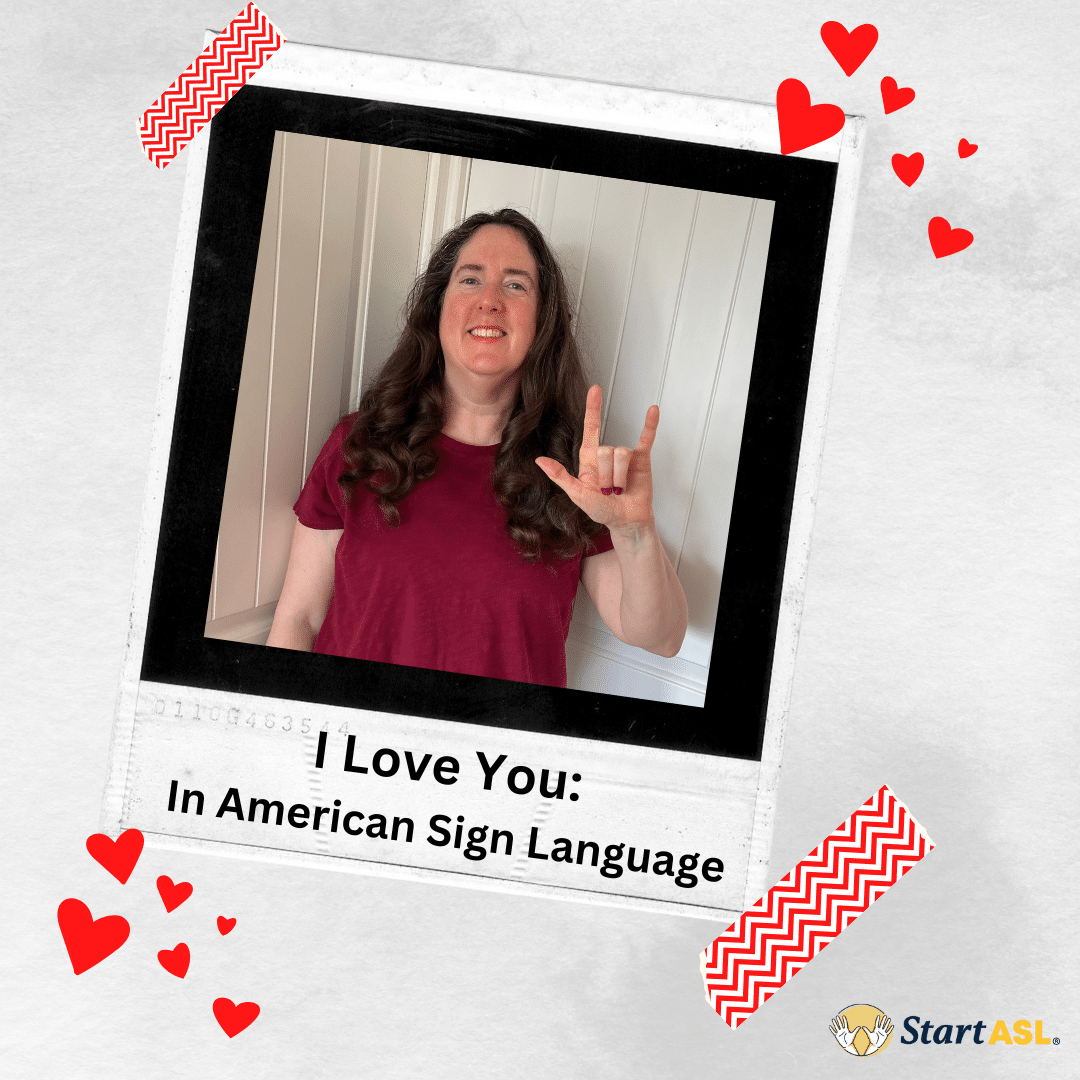
The Very Short Term Challenges in Learning ASL with AI
The Very Short Term Challenges in Learning ASL with AI
Researchers and educators have long recognized the need to develop sophisticated technologies to help people learn ASL with AI. However, creating these technologies can be challenging, as up to 300 different sign languages are currently used worldwide. Adding to the problem is the need for large annotated sign language datasets. Despite these issues, recent artificial intelligence (AI) advances have played a major role in creating and enhancing sign language-learning technologies.
The Nature of Artificial Intelligence
Artificial intelligence involves simulating human intelligence with machines, especially computers programmed to think like humans and imitate human actions. The term can also refer to any device that displays features associated with the human mind, such as problem-solving and learning. Some specific AI applications include natural language processing, speech recognition, machine vision, and expert systems.
The Characteristics of American Sign Language
American Sign Language (ASL) is the principal language of many Deaf and Hard-of-hearing (D/HoH) people in the United States and Canada, and is used by many hearing people as well. ASL is a comprehensive natural language with the same linguistic features as those of spoken languages like English. However, the language rules of ASL differ from those of English. In ASL, individuals express thoughts and feelings by combining hand gestures, facial expressions, and bodily movements.
Short Term Challenges in Teaching Sign Language with AI
AI has recently begun translating sign languages such as ASL into text. This means that AI has made such rapid progress that it can now identify and translate specific sign language gestures. In fact, gesture recognition is the central element in AI sign language interpretation and is currently a hot topic in computing.
Through such technologies, AI is quickly becoming a valuable tool in helping to bridge the gap between the hearing and D/HoH communities. However, attempting to learn ASL strictly through the use of artificial intelligence may not be the most practical approach for a number of reasons.
-
AI is Limited in its Sign Language Understanding and Expressions
As mentioned, communicating in American Sign Language involves using the hands but also includes facial expressions and bodily movements. The facial expressions used in ASL involve raising or lowering the eyebrows and moving the mouth. When a person is signing, these actions have a wide range of possible meanings. For example, individuals who use sign language raise or lower their eyebrows based on the type of question they are asking. Raised eyebrows usually indicate a yes or no question. In contrast, lowered eyebrows generally imply questions that require a more detailed answer.
Bodily movements in ASL include shifts in position when a signer refers to different speakers’ words in a conversation. They could also involve physical postures related to expressions such as “proud” or “happy.” Seeing both the face and the body is necessary to understand the words a signer is trying to convey. However, AI cannot interpret changes in the look of the face or body. Nor can it have a full grasp of ASL grammar and sentence structure. AI is also unfamiliar with specific aspects of D/HoH culture that may be relevant in a conversation. So, AI’s understanding is limited.
As a result, most people choose to learn American Sign Language online by watching videos produced by a company like Start ASL or through in-person lessons with a teacher. In this way, they can accurately interpret messages by experiencing all the hand gestures, expressions, and body movements that a signer uses.
Moreover, as mentioned above, ASL grammar and sentence structure differ from those of English. For instance, the English sentence “I’m going to the store,” is expressed in American Sign Language as “Store I go.” So, in such a case, a person programming the AI, who would most likely not be proficient in ASL, could transmit inaccurate content.
-
Currently, AI Does Not Always Accurately Answer Learners’ Questions
People studying ASL typically have numerous questions about the structure and nuances of the language. However, an AI system must be programmed to know the fine points of ASL linguistics and D/HoH culture to answer such questions accurately.
Human life is in a perpetual state of flux, and ASL users, along with their language, are constantly changing. As a result, new ASL signs are being created every day. And AI would be unable to keep pace with these ongoing changes. Hence, AI systems would quickly become filled with obsolete data.
-
Currently, AI Lacks the Life Experiences of Deaf and Hard-of-hearing ASL Users
AI is not yet able to simulate knowledge gained through real-life human experiences with American Sign Language. For example, sign language users may use many different signs to convey the same word. And these signs vary based on people’s personal signing styles and backgrounds. However, AI can’t identify most sign variations or signers’ styles.
By contrast, Start ASL’s online program allows learners to view the actions of multiple signers. In this way, the students acquire valuable skills in understanding differences in ASL grammar and sentence structure.
For these reasons, it’s best to avoid relying solely on AI-based teaching methods to learn ASL. Instead, fluency in American Sign Language is best achieved by viewing online video lessons such as those offered by Start ASL or by getting one-on-one instruction. Learners can also attend Deaf social events and regularly interact with D/HoH people. Doing so will permit students to observe the language’s subtle nuances and the culture of ASL users to learn accurate and current signing methods.
-
AI Systems are Nonetheless Useful for ASL Educators and Students

Despite the abovementioned limitations for teaching ASL, companies like Start ASL are now leveraging AI to make their sign language teaching more efficient and effective. Thus, ASL education and the inclusion of the Deaf and Hard-of-hearing into mainstream society are being enhanced.
Apart from helping to craft lessons, AI is assisting online ASL educators by providing useful feedback to both students and teachers. In this way, the companies keep better track of whether their course offerings are successful. In addition, many online ASL schools also monitor students’ progress through AI systems. This practice alerts the instructors and administrators about areas where students have issues or need to improve their performance.
Consequently, AI is helping teachers and curriculum developers to focus more precisely on students’ weaknesses and to structure their lessons accordingly. The students also get extra help in areas where they need it the most.
The Future of Artificial Intelligence and American Sign Language
Recent advances in both sensing technologies and AI algorithms have paved the way for developing many applications to fulfill the needs of the Deaf and hard-of-hearing community. However, virtual approaches such as those offered by Start ASL are ideal in the area of American Sign Language instruction. Among other benefits, these online methods allow students to learn independently and avoid commuting to a specific location to receive in-person ASL lessons.
AI sign language companies’ enthusiasm for the inclusivity of the D/HoH community is making for a fascinating future in ASL education. There is no doubt that by using the right amount of sensitivity and the suitable approaches, AI technologies can transform the world of ASL and the Deaf and hard-of-hearing population. However, artificial intelligence will never be able to replace human ASL teachers and interpreters completely.
AI once seemed like the stuff of science fiction. But now, it’s gradually becoming a larger part of our day-to-day lives. The increasing use of AI has countless positive implications for the Deaf and Hard-of-hearing community. And using it to help in teaching sign language and in translating sign language into speech has become a reality.











